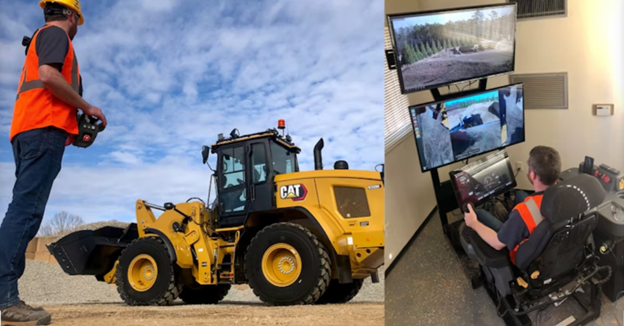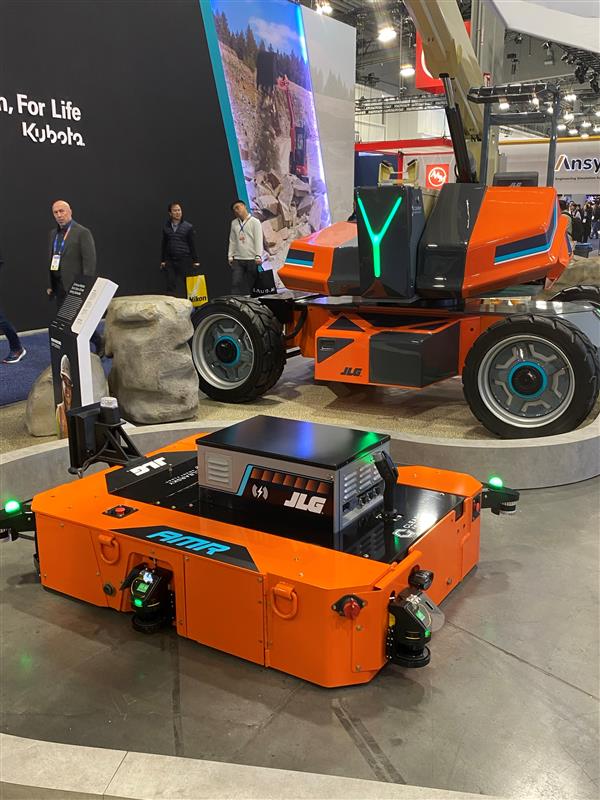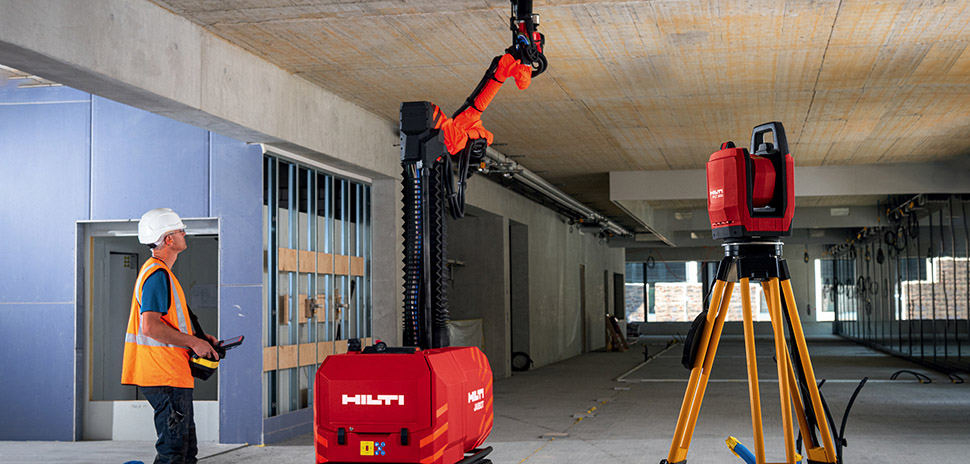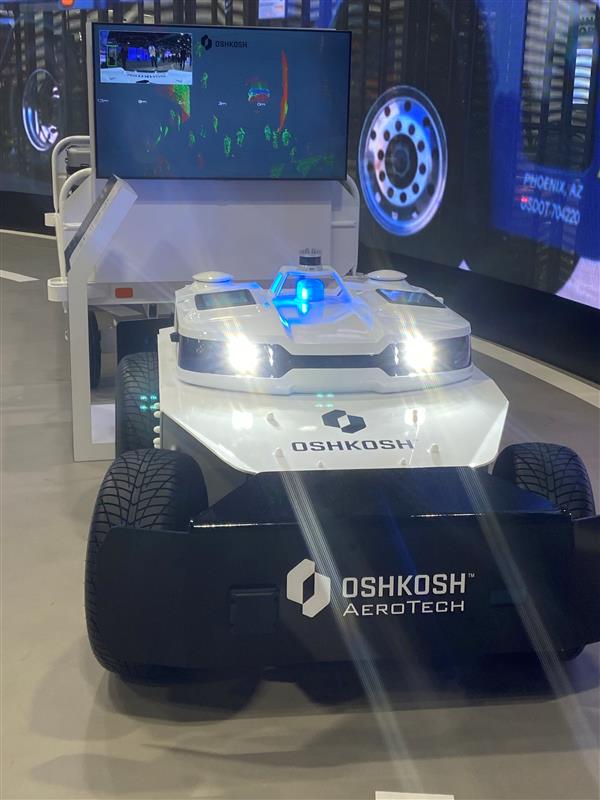Transforming Industries: The Future of Automated Smart Machines

Automation and AI have sparked a revolution, and at the forefront are smart industrial machines. From farming fields to construction sites, mine shafts, oil rigs, and even bustling airports, these robots are driving efficiency, enhancing safety, and overcoming labor shortages. The integration of autonomous machines represents a significant leap forward, pushing industries toward a future defined by innovation.
Below, we’ll explore how these machines are transforming agriculture, construction, mining, oil and gas, and connected airports, highlighting the trailblazing companies and technologies making it possible.
Agriculture Revolutionized by Smart Machines
Farming is no longer restricted to manual labor. With the advent of automated machines, agricultural processes are more precise and effective than ever before. Leaders like John Deere and Kubota offer prime examples of how automation is shaping the farming industry:

John Deere impressed with its 8RX tractor, which can be remotely operated, allowing farmers to manage operations thousands of miles away. Their expanded autonomous lineup includes lower-horsepower tractors designed for small-scale operations and spraying technologies catering to specialty crops.

Kubota‘s innovative KATR robot, with its “follow me” function, automates fieldwork. Meanwhile, tools like the Smart Plant Imager use hyperspectral imaging to monitor plant health, enabling farmers to optimize yields with precision.
Benefits:
- Increased efficiency in crop management.
- Minimized labor shortages in rural areas.
- Enhanced decision-making with data-driven insights.
eSIM technology ensures uninterrupted connectivity for these agricultural marvels, allowing seamless communication between machines and operators, even in remote locations.
Construction Sites Get Smarter and Safer
The construction sector has embraced the capabilities of automated machines, tackling everything from bricklaying to blueprint layouts. Autonomous solutions, like those from Caterpillar, JLG, and others, are revolutionizing the worksite:

Caterpillar (CAT) leads with its 55,000-pound Cat 972 Wheel Loader, providing unparalleled precision and performance. The Cat Command System takes remote operations to the next level, allowing users to manage heavy machinery from safe distances.

JLG’s ClearSky™ IoT technology empowers connected worksites, ensuring operational visibility and efficiency.
Innovative machines are also emerging to tackle specific tasks:

- SAM 2 (Construction Robotics) efficiently handles bricklaying, reducing worker strain while boosting productivity.
- HP SitePrint automates on-site blueprint layouts to improve accuracy.
- Jaibot (Hilti) and Raise Robotics excel at drilling tasks and high-precision installations while prioritizing worker safety.
Benefits:
- Improved safety by handling dangerous tasks like drilling and heavy lifting.
- Faster timelines and cost savings for construction projects.
- Solving skilled labor shortages in urban construction.
Reliable cellular connectivity, powered by eSIM technology, is a game-changer, delivering the redundancy and flexibility needed to support seamless operations on construction sites globally.
Mining, Oil, and Gas Reach New Depths with Automation
Industries like mining and oil drilling have long been fraught with dangers and complexities, but automated smart machines are helping mitigate these concerns while increasing productivity.

Caterpillar, a trailblazer in mining, offers autonomous excavators and dump trucks, improving operational efficiency in extreme environments. Their advancements highlight how AI and robotics are rewriting the rulebook for traditionally hazardous industries.
Challenges Addressed:
- Improved safety in hazardous environments by allowing machines to perform high-risk tasks.
- Optimized resource extraction with minimal human intervention.
- Enhanced productivity through data-driven insights.
Here’s where network reliability becomes critical. Mining sites and offshore rigs often face connectivity challenges due to their remote locations, but eSIM-enabled technology ensures robust connections, even in the most isolated fields.
Connected Airports Powered by Automation
Automation isn’t just reshaping traditional industries; even airports are evolving into connected hubs where AI-driven machines create new efficiencies.

Oshkosh AeroTech is leading the charge with solutions like the ClearSky Smart Fleet™ platform, which monitors airport operations in real time, improving operational efficiency while reducing human error.
Key applications include:
- Autonomous aircraft towing vehicles, which streamline aircraft movements on the runway.
- Intelligent monitoring systems, ensuring sustainability through resource-efficient operations.
At connected airports, reliable, scalable communication using eSIMs ensures smooth coordination across different autonomous systems, providing passengers and airlines with enhanced reliability and service.
Overcoming Barriers in Automation Adoption
The adoption of autonomous smart machines isn’t without its challenges. Two key obstacles are connectivity limitations and logistical complexities. Traditional SIM-based systems often fall short, leading to issues like:
- Single points of failure, resulting in operational delays.
- Limited availability, hampered by geographical or contract constraints.
- Multi-contract complexities, adding administrative burden to teams managing multiple vendors.
Enter eSIM technology, a revolutionary solution overcoming these barriers with key benefits:
- Flexibility to switch between networks remotely without physical SIM cards.
- Uninterrupted connectivity, especially in remote or high-demand environments.
- Cost savings through reduced logistics and management overhead, with a single contract enabling global access.
Global leaders like TEAL offer Mission Critical Connectivity, ensuring autonomous systems can operate effectively across the globe without disruptions.
Smart Machines Shaping the Tomorrow of Business
From precision farming with John Deere and Kubota to groundbreaking construction solutions with Caterpillar and MYRO to connected airports led by Oshkosh AeroTech, automated smart machines are transforming industries. These innovations are improving productivity, safety, and efficiency while addressing labor shortages and environmental concerns.
But none of this would be possible without robust connectivity powered by modern solutions like eSIM technology. The world of industrial automation needs a network that keeps up—and with advancements like those offered by TEAL, the future of automation looks seamless and bright.
Are you ready to revolutionize your operations with automated smart machines? Explore Mission Critical Connectivity by TEAL today to see how you can elevate your business to the next level.
Schedule a Meeting
Recent Posts
Introducing TEAL Chameleon eSIM: The Most Adaptive eSIM Ever Built
Teal Communications Staff2025-12-03T23:14:56+00:00
TEAL Ranked as the Fastest-Growing Company in the Pacific Northwest on the 2025 Deloitte Technology Fast 500™
Teal Communications Staff2025-11-19T04:37:11+00:00
SenseNet Partners With TEAL to Expand AI-Powered Wildfire and Gas Leak Detection Globally
Teal Communications Staff2025-11-12T17:24:11+00:00




